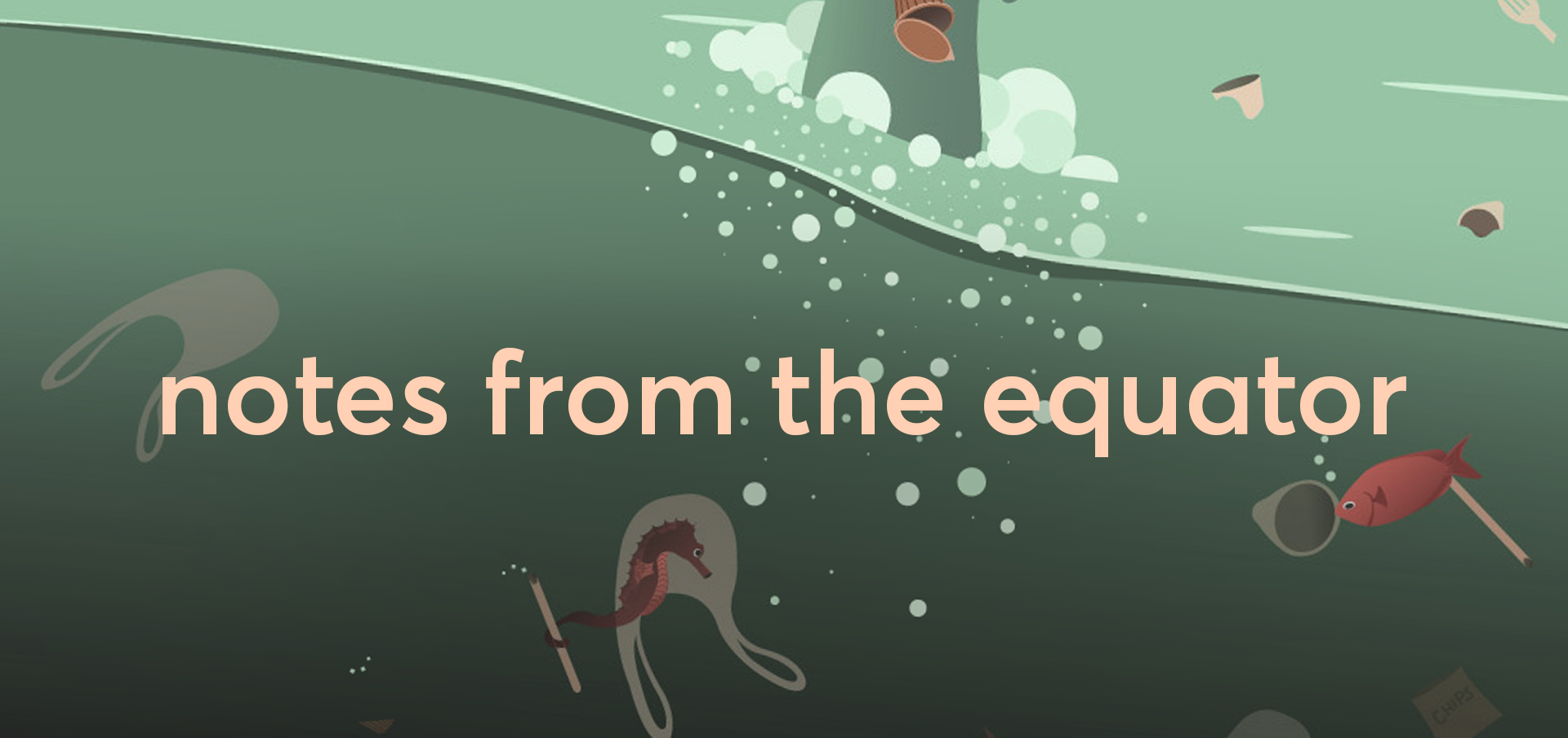
|
|
If the Ivan Lim saga has proven anything, it's that Singaporeans never forget. We continue this proud tradition by keeping score of how vocal our 13th Parliament has been about raising climate issues.
|
|

|
|
Our damage to the environment doesn't end just because we're home more. Nature continues to pay the price for our convenience, in the form of single-use plastics from food deliveries and increased electricity consumption.
|
|
Data vis spotlight: Radar chart
|
|
Also goes by: polar, spider, and web chart.
Purpose of this chart: Compare the impacts of two proposed routes. To use a radar chart, your variables have to be set against a scale—in this case, the impacts' level of significance (negligible, minor, moderate, major, and critical).
Depending on your data, the scale can be numerical as well. But be sure to space your numbers equally, with the smallest number at the center (i.e. 0, 2, 4, 6, 8). Adding your variables—in this case, the Land Transport Authority's assessment variables—transforms the chart into a spiderweb. Note that you need at least three variables for your chart to fill in properly.
Then, the fun part begins! For each proposed route option, plot each variable to the scale, and watch as the options form a polygon. We've reduced the opacity of option two and overlaid it onto option one to make a comparison. From the chart, you can easily observe that both routes mostly result in moderate impacts, with the two outliers. Option one is predicted to have a critical impact on biodiversity during construction, whereas option two is predicted to have a major impact on aesthetics.
You might already notice a limitation of radar charts here. While great for identifying broad patterns like outliers, radar charts are less suited for making fine comparisons across variables. This is because radar charts use area—polygons in this case—as their visual encoding. A bar graph, in contrast, uses length to visualise the relative size of variables, making it easier for readers to make such comparisons than a radar chart's shapes.
Moreover, even the shape of the polygon can change depending on how you arrange your variables. This results in less accurate observations, because different shapes may highlight different variables.
So when should you use a radar chart? They are great for making a big-picture comparison of a few options against a set of non-numerical criteria. If you have too many options for a radar chart but are still drawn to it, you can do it in small multiples instead of overlapping them.
|
|
Each month, we curate a list of content related to our newsletter's focus. Here's our pick of things to check out on the theme of the environment:
- Combining infographics with illustrations is no child's play, much less having to design for young readers. Data visualisation designer Federica Fragapane explains how she draws on empathy in her design to connect with children in her latest book, Planet Earth: Infographics for Discovering our World.
- By playing to a full house of plants, Barcelona's Liceu Opera poses an intriguing question, Does Nature serve Humanity, or are things the other way around?
- Using simple up and down arrows, NYT effectively communicates how activities have increased or decreased because of COVID-19.
- Take a moment to pause, breathe, and admire the sunset while listening to this podcast episode on...doing precisely that. Fun fact: we scheduled the newsletter so that you'll receive it at today's sunset.
|
|
|
|
|

